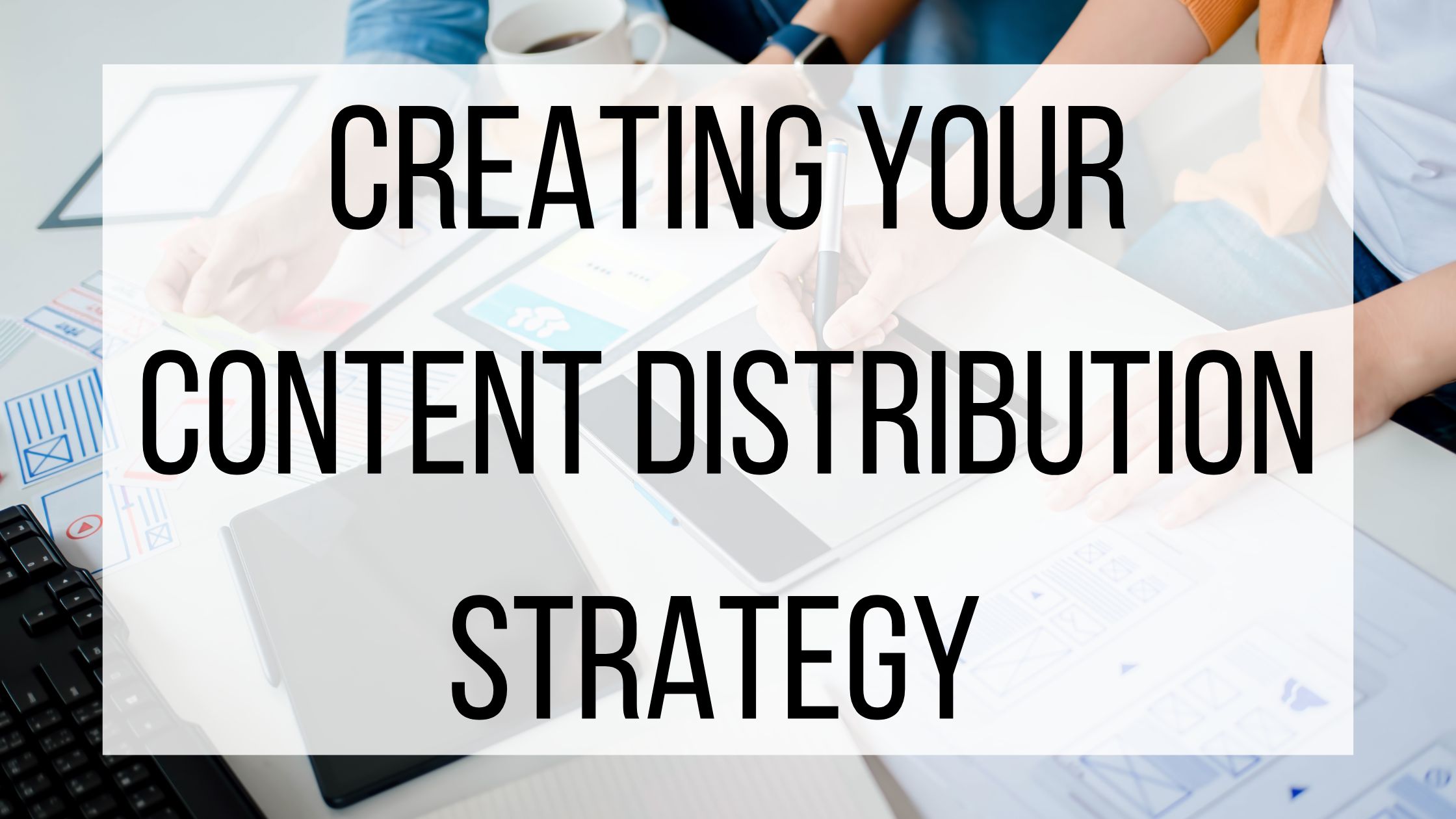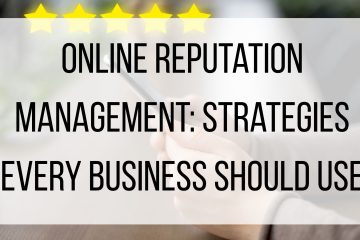Creating Your Content Distribution Strategy

Last week we went over the basics of content distribution, and how it is an important part of your marketing plan. Now that we know what content distribution is, and why it is important, it’s time to learn how to use it for your own brand.
How To Build A Content Distribution Strategy
Although content distribution might seem like the easy part of getting your content out there, having a plan helps you make the most of the content you took the time and effort to make. A content distribution strategy helps you measure when and where you should be posting, what type of content your audience responds best to, and how to get your audience to actually see your content.
Research Your Audience:
Researching your audience should be a given, as it is one of the most important steps in any type of marketing plan. The goal of content distribution is to make sure that your audience is seeing your content- not that it’s reaching just any audience. Find what platforms your target audience frequents the most, and focus on those. Any demographic data can be useful here as well- age, gender, and geographic location can help you find the best place and time to reach them. For example, you are more likely to see middle-aged men on Facebook in the early evenings than you are to find them on Pinterest mid-morning. Track when your audience tends to respond to content the most, and use that to help you plan further posts. If your audience likes morning Instagram posts and evening LinkedIn posts, that will be your best bet to reach them moving forward. Some of this is trial and error, so don’t be afraid to try different times and platforms to find out what will work best!
Review Your Content:
Doing an audit of your content will help you see what is ready to be used, what has performed well, and what content you should steer away from in the future. Find your top-performing pieces of content on whatever platform and see what they have in common. Next, do the same with your lowest-performing content. There are many factors that determine how well your content will do. Does your audience prefer carousel posts to videos? Is it the time of day affecting the performance of the post? Did you use a similar tone with the captions? Even little things like this can make a big impact on your post’s performance, so being aware of any details you find will help you maximize your reach. Once you’ve gone through your content, brainstorm ways to re-purpose what you already have. A blog post could make a good infographic, old pictures or graphics could make a good Reel, informational videos could be shortened and used as a story- the possibilities are endless!
Create A Calendar:
Creating a content calendar is one of the easiest ways to make sure that you are posting on each platform enough, not posting too frequently, and mixing up the type of content that you share. There are many resources for social media content calendars (including this free one from Later) that can help you get organized. Your content calendar doesn’t have to be set it stone- if you find something isn’t working for you, switch it up! They are a useful tool to help you stay on top of your content, and track the performances of your posts.
Once you get the hang of content distribution and creating your own strategy, it will become an easy and fun process. Focus on the results your content is getting and what your audience is asking for for success. Do you have a content distribution strategy? What tips and tricks do you have?



5 Comments
drudge reporting · July 9, 2024 at 1:07 am
Wow, what a great post! The information is comprehensive and well-explained. This has been really helpful. Keep up the good work!
www.lowes.com/survey · October 15, 2024 at 7:49 am
“I appreciate your effort in crafting a post that is not only insightful but also very well-organized.”
tv.youtube.com/start · December 6, 2024 at 3:47 am
I love the way you explain everything in detail. It’s like you read my mind! This post is exactly what I needed right now.
rumble.com/pair · December 17, 2024 at 2:20 am
I appreciate the effort you put into this.
mcdvoice.com/survey · December 27, 2024 at 12:42 am
The examples you provided really made the concept clear. Great job.